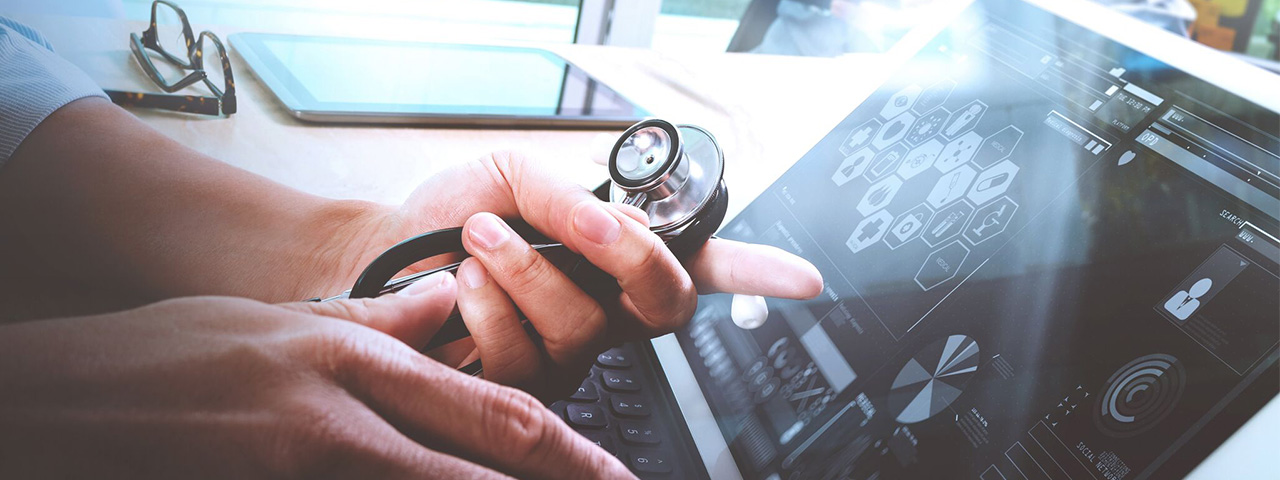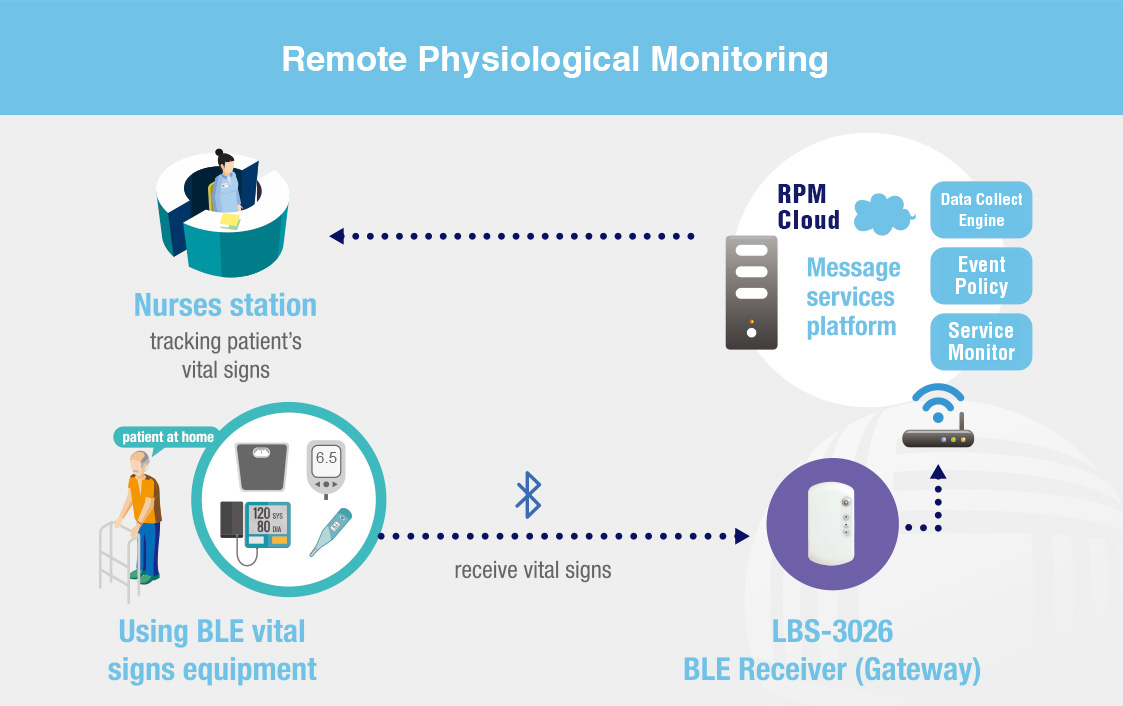
Taking a look at the increasing amount of people with chronic diseases, it is only natural to think that at some point in time the traditional healthcare system won’t be able to cope with this surge in demand for primary health care. In response to this surge, Hospitals have turned to the advancements of telemedicine to remotely diagnose and treat patients, allowing them to substantially reduce costs and in-facility congestion.
While telemedicine can bring various healthcare tools to the mix, remote physiological monitoring provides the greatest opportunity for healthcare systems to tackle the chronic disease epidemic. Remote physiological monitoring incorporates vital sign equipment for patients getting cardiac care among other convenient devices. This allows older or disabled individuals to live at home longer and avoid having to move into skilled nursing facilities.
It is clear to see how technology enables patients to access healthcare remotely while giving primary care physicians access to valuable information, without the need for patients to visit the center. Technology greatly improves the quality of healthcare as well as opening a whole new approach in diagnosing and managing chronic diseases and other conditions.
Before the advantages of telemedicine, the hospital would only know about the status of their patients when they decided it was necessary to go for an examination, making it very risky for people with chronic diseases and elders, with the added difficulty for physicians to treat a patient’s illness more effectively.
In order to improve the quality of care without having patients leave their house or go for consultation frequently, the hospital is required to implement a remote physiological monitoring system which can monitor patients remotely by automatically collecting and uploading vital signs information. Having patients upload these readings will enable them to stay on track with their medical treatment, reduce unexpected risk and improve on their chronic disease management by making them more active in their own health care.
Linctronix provides a straight forward solution that can be easily implemented into a hospital’s service portfolio. By using Bluetooth Low Energy (BLE) to enable daily monitoring devices such as glucose meters for patients with diabetes, heart or blood pressure monitors to connect to BLE receivers which in return relay all the information via Wi-Fi to the centralized platform. This results in direct access to vital signs and other necessary data.
The Remote gathering of this valuable data will make it easier to manage and monitor patients’ data on a mobile device (via web browser) without the need to integrate it into other hospital systems, such as HIS, and decrease the overhead costs incurred with total system integration. This will increase operational efficiency by reducing medical manpower and routine paperwork.
